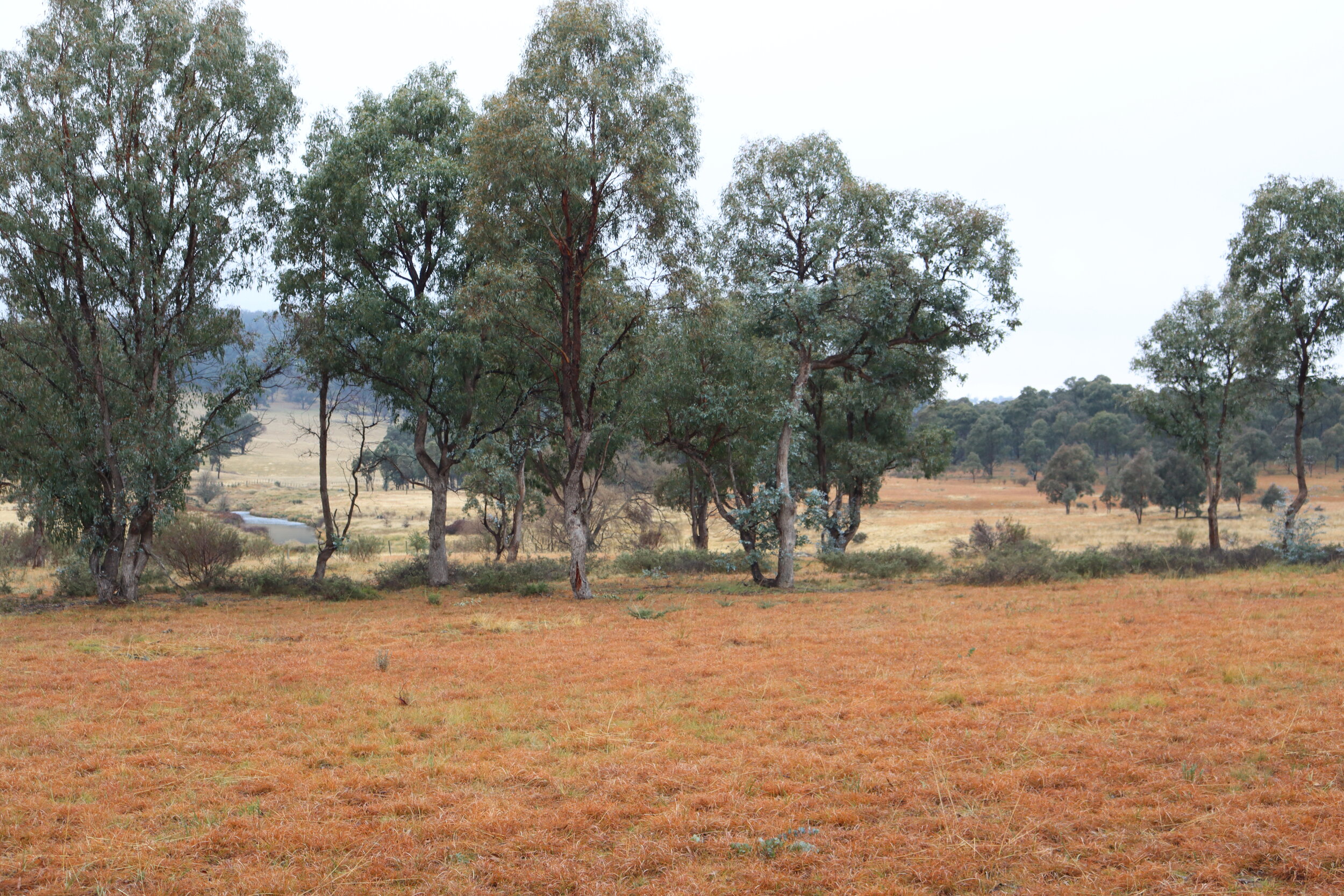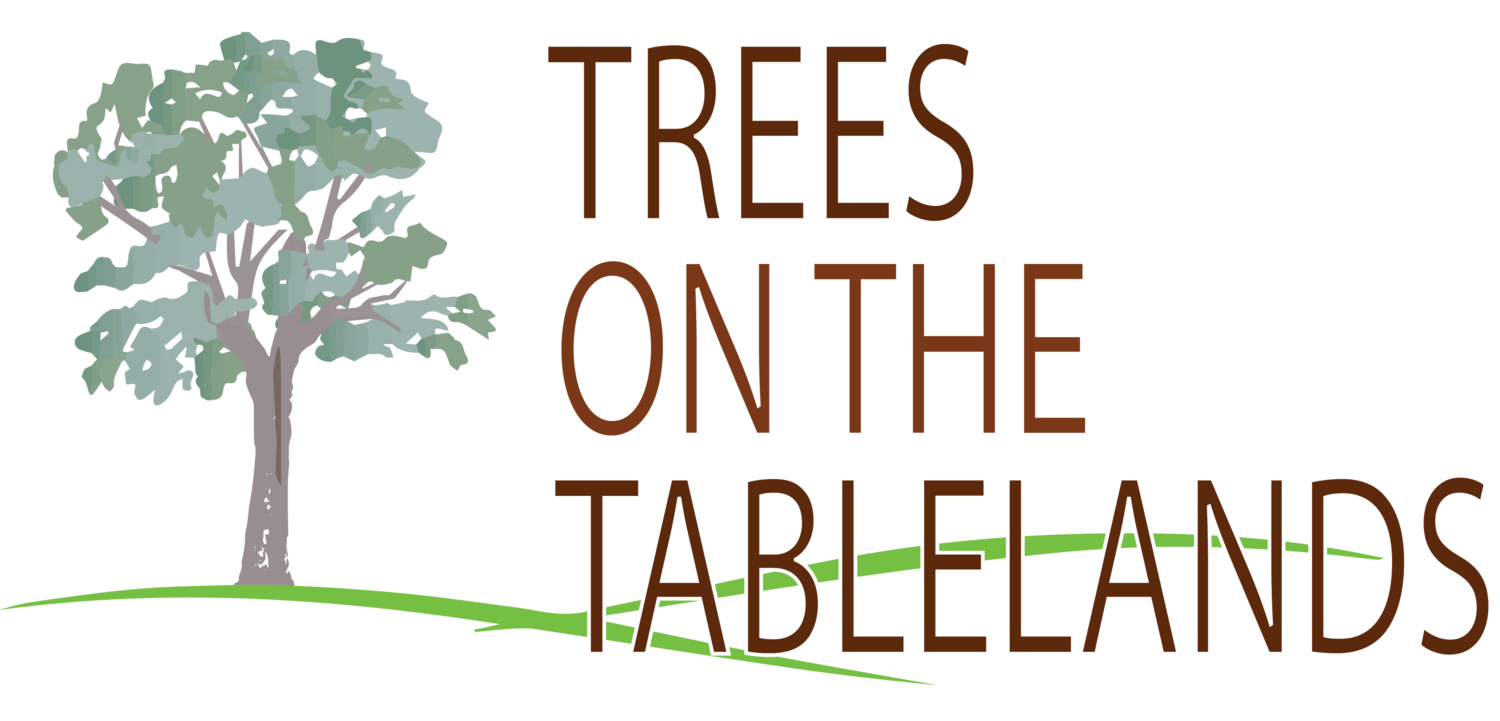
Frequently asked questions
Where do you work?
We work across the New England Tablelands. Roughly as far south as Walcha, as far north as Tenterfield, as far east as Ebor, and as far West as Inverell. Essentially, we are working where these two threatened ecological communities were once prevalent.
What species do you work with?
We’re working with the key tree species that make up two threatened Ecological Communities:
TEC1: New England Peppermint Woodland on Basalts and Sediments in the New England Tableland Bioregion. This community is identified as a Critically Endangered Ecological Community by New South Wales and by the Commonwealth. THey key tree species in this community is New England Peppermint (Eucalyptus nova-anglica).
TEC2: Ribbon Gum-Mountain Gum-Snow Gum Grassy Forest/Woodland of the New England Tableland Bioregion. This community is listed as an Endangered Ecological Community by New South Wales. The three jkey tree species in htis community are Ribbon Gum, Mountain Gum, and Snow Gum (Eucalyptus viminalis, Eucalyptus dalrympleana, and Eucalyptus pauciflora.
What is the big deal? There are lots of trees in New England!
The trees that remain in New England are mostly on rocky granitic hills. They’re mostly stringybarks. The lowlands down by the creeks, especially on richer basaltic soils, once had a lot of forests and woodlands. They were almost all cleared for agriculture. These are the woodlands that are threatened, and they are the focus of this project.
Why should I have more trees on my property?
There are several reasons why you may want to have more trees on your property:
Trees provide shade, allowing stock to rest out of the heat during the middle of the day.
Trees can help to retain water and encourage groundwater infiltration. This means that more of the rain that falls on your property remains in the paddocks, rather than immediately flowing out.
Trees do not reduce the productivity of paddocks. The shade cast by Eucalyptus trees is light enough that paddock grasses can thrive underneath them. Grass productivity only starts to decline substantially in dense forests.
Why are you running this project now?
They say that the best time to plant a tree was twenty years ago. The second-best time is today.
Most farmers and landowners, over the course of many years, have seen the number of trees on their properties declining. But this decline has often occurred so slowly that few of us are aware of it. Today, many paddocks are entirely bare of trees, or have only a few large trees, often in poor condition. Although we cannot rejuvenate these trees, we can, and will, promote the next generations.
What will this cost me?
As little as possible. We know that no one wants to waste money. That’s why we have developed techniques that can be put into action cheaply.
How can I get involved?
We’re actively looking for local landowners and interested members of the public! If you are interested in implementing any of the techniques we suggest to spur natural regeneration, we want to help you! Please contact us using the form at the bottom of this page.
